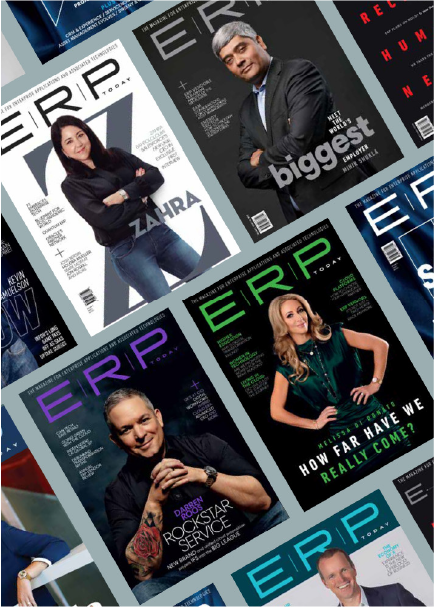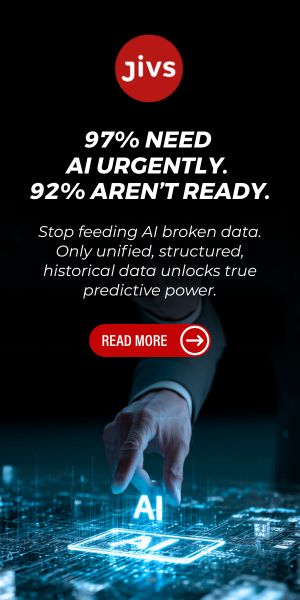For any company with a legacy spanning decades, modernization is not a one-time project—it’s a continuous imperative. Lifetime Products, the brand behind iconic basketball hoops and a wide range of outdoor and lifestyle goods, understood this well. While their slogan—“Made for All-Stars by All-Stars”—captured the spirit of their consumer brand, their internal systems needed modernization to match that forward-looking energy.
In 2019, Lifetime made a pivotal move: replacing its outdated ERP with Microsoft Dynamics 365. This wasn’t merely a software upgrade. It marked a strategic shift designed to enhance customer experience, empower employees, and strengthen competitiveness in a demanding market.
Breaking Down Legacy Barriers
Prior to the transformation, Lifetime struggled with an aging ERP system that limited data access and operational agility. “The initial driver was getting accurate business intelligence,” said John Bowden, CIO at Lifetime Products. Siloed data and limited visibility into operations hindered informed decision-making and restricted the company’s ability to act with speed and precision.
Bowden also emphasized that professional development for employees was a key metric for success: “One of our major deployment ROI initiatives was to ensure professional growth for our employees.” Legacy systems, with their clunky interfaces and disconnected workflows, had been holding staff back. The move to Dynamics 365 represented a chance to remove those obstacles.
A Collaborative Transformation
Lifetime’s implementation of Dynamics 365 wasn’t a solo act. Partnering with Microsoft’s FastTrack for Dynamics 365 team, the company focused on a business-first approach that put people and process at the center of the deployment. The goal was to create a unified platform that could support not only current operations but future innovations in automation and AI.
“Dynamics 365 was working so well, we felt that we could rebalance to optimize employee opportunity,” said Sinahi Lopez, Global IT Functional Manager at Lifetime. “Using AI and autonomous agents is just the next level for us.”
Autonomous Agents in Action
With a stable ERP foundation in place, Lifetime quickly moved to introduce autonomous agents within Dynamics 365 Finance and Supply Chain Management. These agents tackled tedious, repetitive tasks—such as account reconciliation and e-commerce order processing—freeing employees for more strategic work.
The results were dramatic. In one division, automating order processes led to a 95 percent efficiency improvement within two months. Manual tasks were eliminated, order fulfillment accelerated, and customers reaped the benefits.
“With autonomous agents in Dynamics 365, we’re giving our people the tools they need to make an impact,” said Ted Esplin, COO. “I’m proud of that.”
A New Workforce Strategy: Rebalancing
Instead of framing automation as a job-reducing force, Lifetime adopted a more holistic approach they call “rebalancing.” The concept focuses on maximizing existing labor—redistributing time saved through automation to higher-value activities across the business.
This collaborative, incremental approach helped ease fears around job displacement. Lifetime estimates it can ultimately rebalance 20 percent of its knowledge workforce—freeing employees to take on more creative and strategic roles. For example, in its Mexico division, automating accounts receivable tasks enabled the sales team to focus more on marketing and strategic initiatives.
Leading Cultural Change Through Learning
Implementing automation isn’t always smooth sailing. “Sometimes they’re pretty tough conversations,” Bowden admitted. But a longstanding culture of operational efficiency made it easier to introduce new technologies with employee buy-in.
A commitment to continuous learning also played a key role. Lifetime actively encourages Microsoft certifications and technical upskilling. “Exploring the technology deeply and deploying autonomous agents has elevated my team,” said Lopez. “It’s rewarding to see how much people appreciate the time we save them.”
What’s Next: A Roadmap of Intelligent Automation
Lifetime is continuing its automation journey with the planned rollout of a Supplier Communications Agent to proactively reduce delays in its supply chain. And the potential doesn’t stop there. “The agents and automations get better over time,” Bowden explained. “You can revisit an area and get a second wave of rebalancing.”
That iterative model—introducing one automation wave, learning, and then optimizing further—has become central to Lifetime’s transformation strategy.
Advice for CIOs: Think Business First
For peers embarking on similar journeys, Bowden is clear: “These aren’t IT projects. They’re business-driven initiatives.” He emphasized that he and his team spend more time working alongside business leaders than in the IT department. Understanding the needs of business units is critical to identifying and implementing the right solutions.
Maintaining a strong relationship with HR is just as essential. “When you get to the rebalancing area, you need a lot of support from HR,” he noted. That partnership is key to managing transitions, addressing employee concerns, and aligning workforce planning with automation gains.
Bowden also encourages leaders to take advantage of available resources, pointing to Microsoft case studies as valuable blueprints for successful transformation.
A Blueprint for Modern ERP Success
Lifetime Products’ journey with Dynamics 365 and autonomous agents is a compelling example of how ERP modernization can drive meaningful organizational change. By aligning technology with workforce strategy, prioritizing employee development, and maintaining close collaboration between IT, business, and HR, the company has created a model for intelligent transformation—one that’s as focused on people as it is on process.
What This Means for ERP Insiders
Rebalancing the workforce through automation drives efficiency and resilience. Lifetime Products used Dynamics 365 to strategically rebalance 20% of its knowledge workforce, not by cutting jobs, but by automating routine tasks and reallocating employees to higher-value roles. This approach reflects a broader trend: McKinsey reports that organizations using automation and reskilling to redeploy labor can reduce workforce costs by 20% to 30% while improving productivity. With Dynamics 365’s AI-first architecture and agent-based automation capabilities, companies can unlock similar efficiencies—provided they align technology deployment with clear workforce strategies and robust change management.
Cross-functional collaboration and governance are essential for sustainable transformation. Lifetime’s success with automation was rooted in tight coordination between IT, business leadership, and HR. This ensured that automation served business priorities and employee development alike. Deloitte research shows that companies with strong cross-functional collaboration are three times more likely to achieve their transformation goals. However, the technical architecture of Dynamics 365—while highly extensible through Power Platform and Azure—also introduces complexity. To avoid overcustomization and technical debt, organizations must establish clear governance, adopt a composable architecture, and maintain disciplined change management across teams.
Upskilling and AI readiness will define tomorrow’s competitive edge. Lifetime’s culture of “aggressive learning,” backed by Microsoft certification programs, prepared its workforce to actively embrace automation and AI. This aligns with PwC’s Global Workforce Survey, where 77% of employees expressed willingness to retrain to stay competitive. As cloud ERP adoption grows at a projected 14% CAGR through 2030, and AI becomes central to enterprise software value, Dynamics 365’s native AI integration and predictive analytics will drive operational intelligence. But realizing this potential requires more than deployment—it demands that companies invest in data quality, modular processes, and employee readiness to sustain digital momentum and capitalize on autonomous orchestration.






